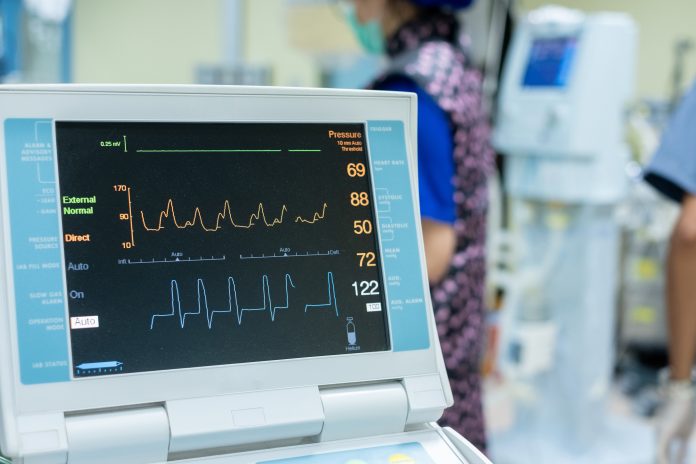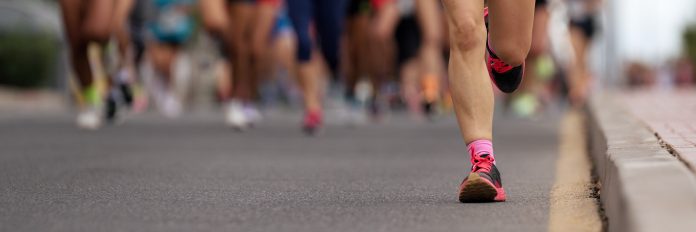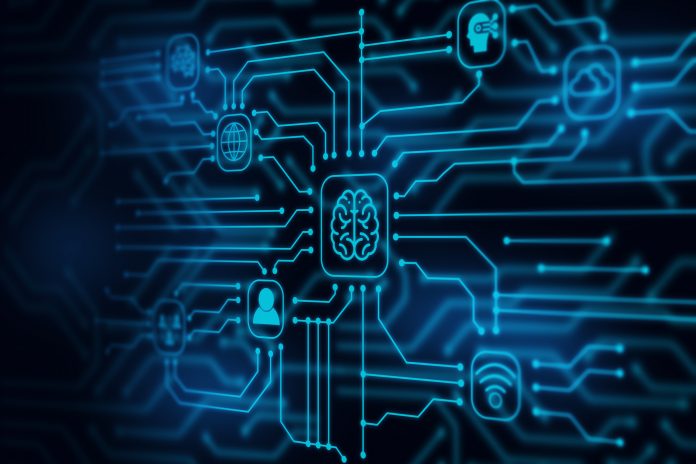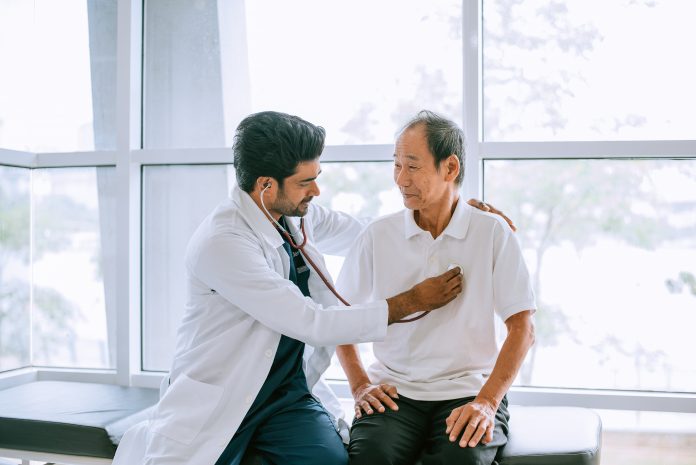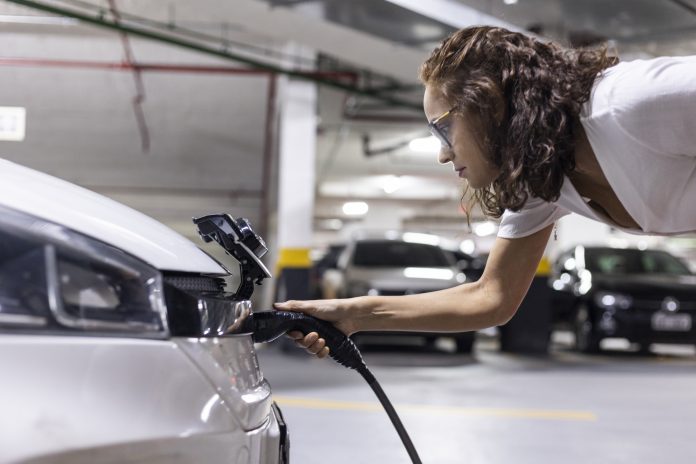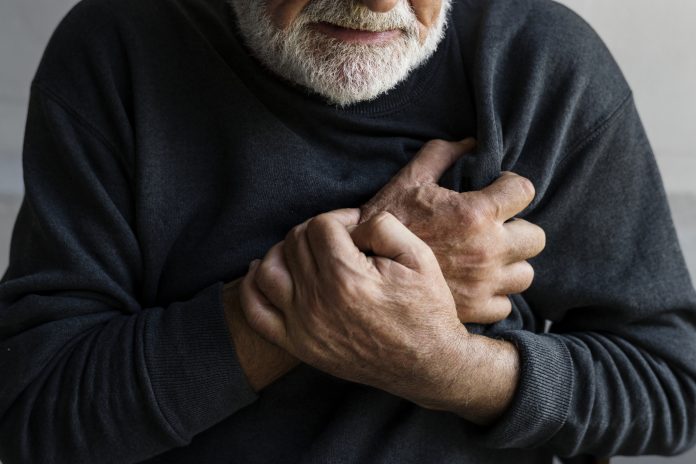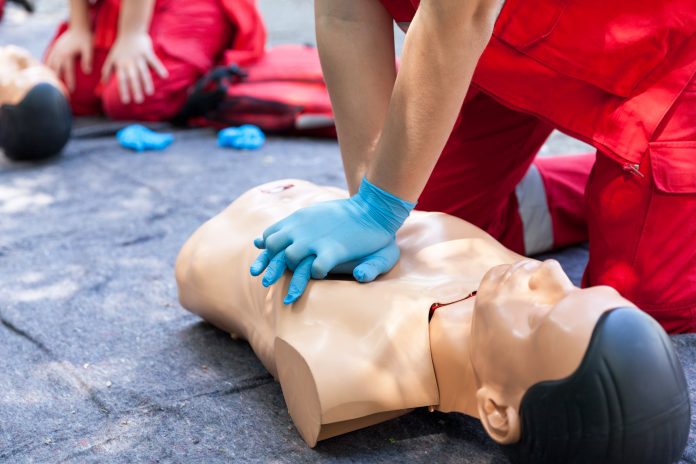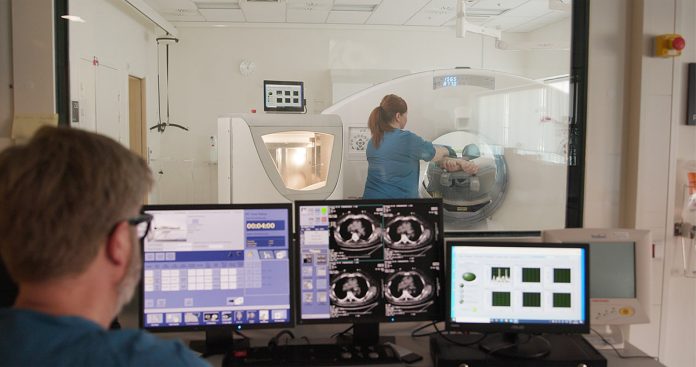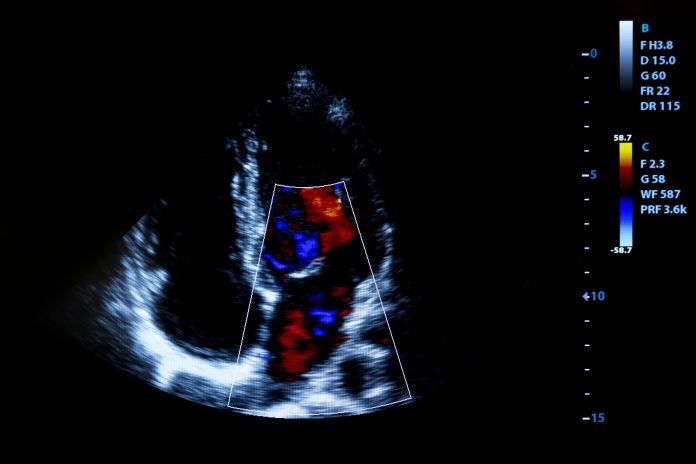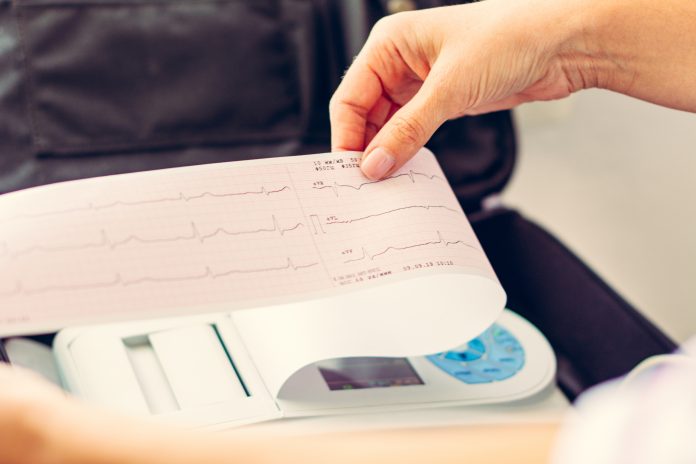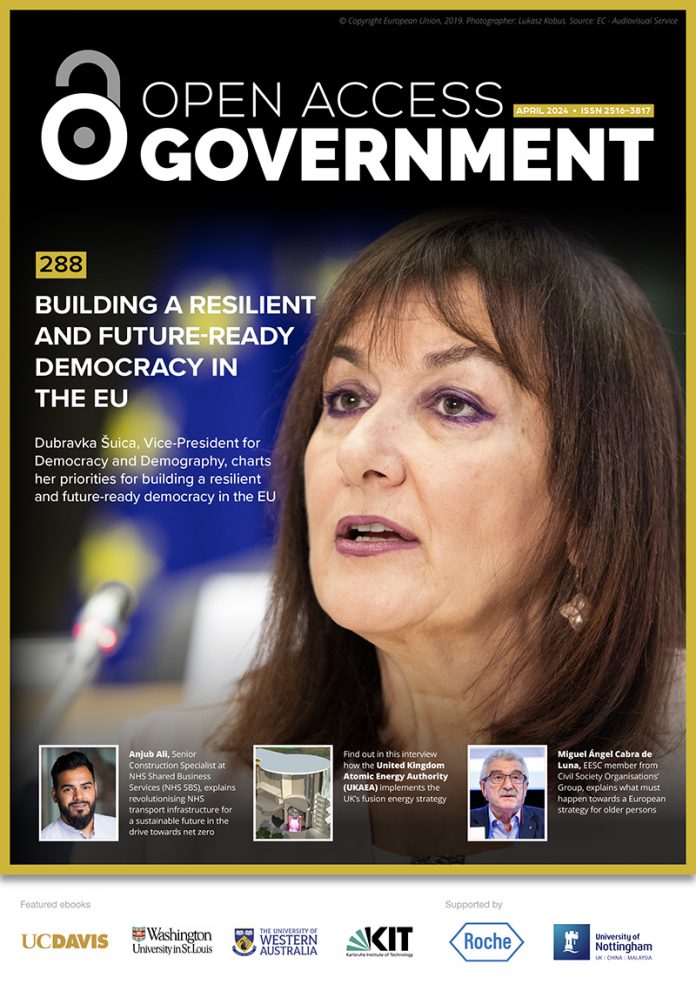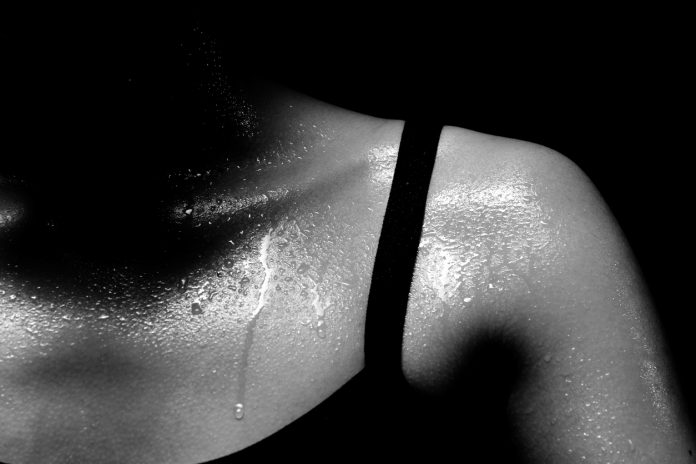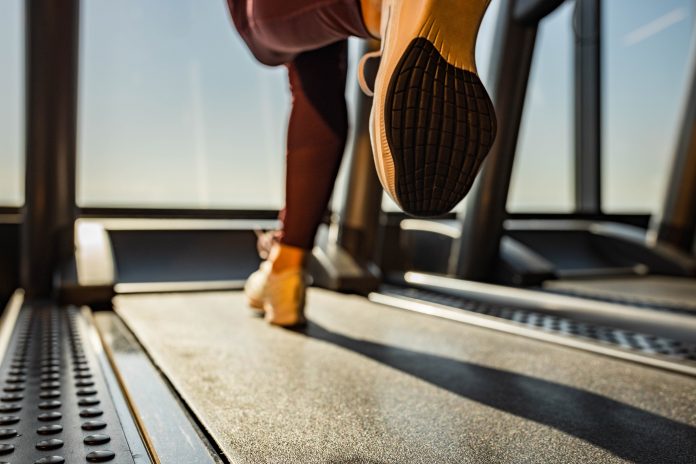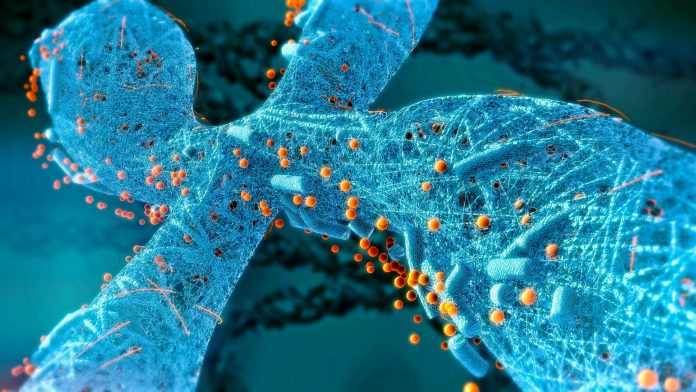Home Search
Cardiac - search results
If you're not happy with the results, please do another search
The Importance of early cardiac screening for young people
Drawing on the charity’s work, Dr Steven Cox, Chief Executive of Cardiac Risk in the Young (CRY), explains why the UK Government must re-think its approach to specialist cardiac screening to reduce mortality among young people with conditions that can cause sudden cardiac death.
Dr Steven Cox – Cardiac Risk in the Young (CRY)
Steve is the Chief Executive of the national charity Cardiac Risk in the Young (CRY).
As an elite athlete on a university tennis scholarship in the US (1992), Steve was diagnosed with a rare, potentially life-threatening, cardiac condition during routine cardiac screening, giving him a unique personal insight into the...
Enhancing marathon safety: The role of low-dose aspirin in cardiac arrest prevention
Arthur J. Siegel, Medical Director at MGH Internal Medicine Associates, Belmont, MA, USA tells us how low-dose aspirin can support primary prevention of marathon-related cardiac arrest in middle-aged men with coronary atherosclerosis.
AI’s potential to predict and prevent sudden cardiac death
Research conducted in France suggests that using Artificial Intelligence to analyse medical data in electronic health records may hold promise in predicting sudden cardiac death
In their study, the researchers examined the electronic health records of 25,000 individuals who had experienced sudden cardiac death and 70,000 individuals who had been...
New cardiac health and AI collaboration unveiled for American veterans
Cardiac health and AI: A momentous collaboration between healthcare organizations in the UK and the US unveils the Veterans Cardiac Health and AI Model Predictions (V-CHAMPs) Challenge.
Can cardiac devices be affected by electric vehicles?
High-power electric vehicle chargers could have electromagnetic interference with cardiac devices, which researchers look at with consideration of safety.
Healthcare app to assess out-of-hospital cardiac arrest patients
A prototype healthcare app aims to revolutionise treatment for patients who suffer a cardiac arrest outside of a hospital.
Racial minorities 41% less likely to receive CPR during cardiac arrest
Racial minorities - Black and Hispanic people - are less likely to receive CPR when they need it, as bystanders give CPR significantly more often to white victims of cardiac arrest.
The future of cardiac diagnostic imaging
The future of cardiac diagnostic imaging – Danish company MedTrace is leading the way.
Study finds that drinking coffee does not cause cardiac arrhythmias
A new study by the University of California, San Francisco, has found no evidence that moderate coffee consumption can cause cardiac arrhythmia.
Ethnic minorities had largest increase in cardiac deaths during pandemic
According to a new analysis by researchers, ethnic minorities in the US experienced disproportionately high levels of cardiac deaths during the pandemic - in comparison to the rates in 2019.
A new era in cardiac diagnosis
Justin Hall, GM and VP EMEA, iRhythm Technologies, explores how modern technology is helping to diagnose Atrial Fibrillation (AF).
Shaun Ingram – Cardiac Science
As Managing Director, Shaun has played a significant role in the growth & development of Cardiac Science since he joined in 2005.
Michael G DeGroote Institute for Pain Research and Care
The Michael G. DeGroote Institute for Pain Research and Care seeks to improve the quality of life for those living with Chronic Pain.
Northwestern VLSI Lab delivers AI empowered neural processing for intelligent human machine interface and...
Conventional wearable devices mostly rely on motion detection or image classifications to capture users’ activities. What is missing in many existing wearable devices is the decoding of neural signals generated by the human body.
Open Access Government April 2024
We usher in the Spring with our enticing April 2024 digital edition, crammed with insights from political representatives, thought leaders, industry associations and subject experts.
Why do we sweat?
Humans possess 2-4 million sweat glands and these produce 2-4 L of sweat per day. During exercise, sweating can increase to 3-4 L per hour. But despite sweating being such a common bodily function, many of us know little about it.
Leveraging exercise mimetics as potential therapeutics
Robert Wessells, Associate Professor at Wayne State University, explores whether identifying potential exercise mimetics can deliver the benefits of exercise to patients with reduced mobility.
Insights on metabolic health and reproductive wellness with Dr. Carol Elias
In this exclusive interview, Dr. Carol Elias simplifies the complex link between metabolism and reproduction, sharing insights into the science behind our physiological balance.
Arthur J. Siegel – Massachusetts General Hospital
Arthur J. Siegel, MD, is an associate Professor of medicine at Harvard Medical School and a fellow in the American College of Physicians
His 50 years of Boston marathon research as a runner and physician-volunteer in the finish line medical tent has promoted the safety of the sport for runners...


